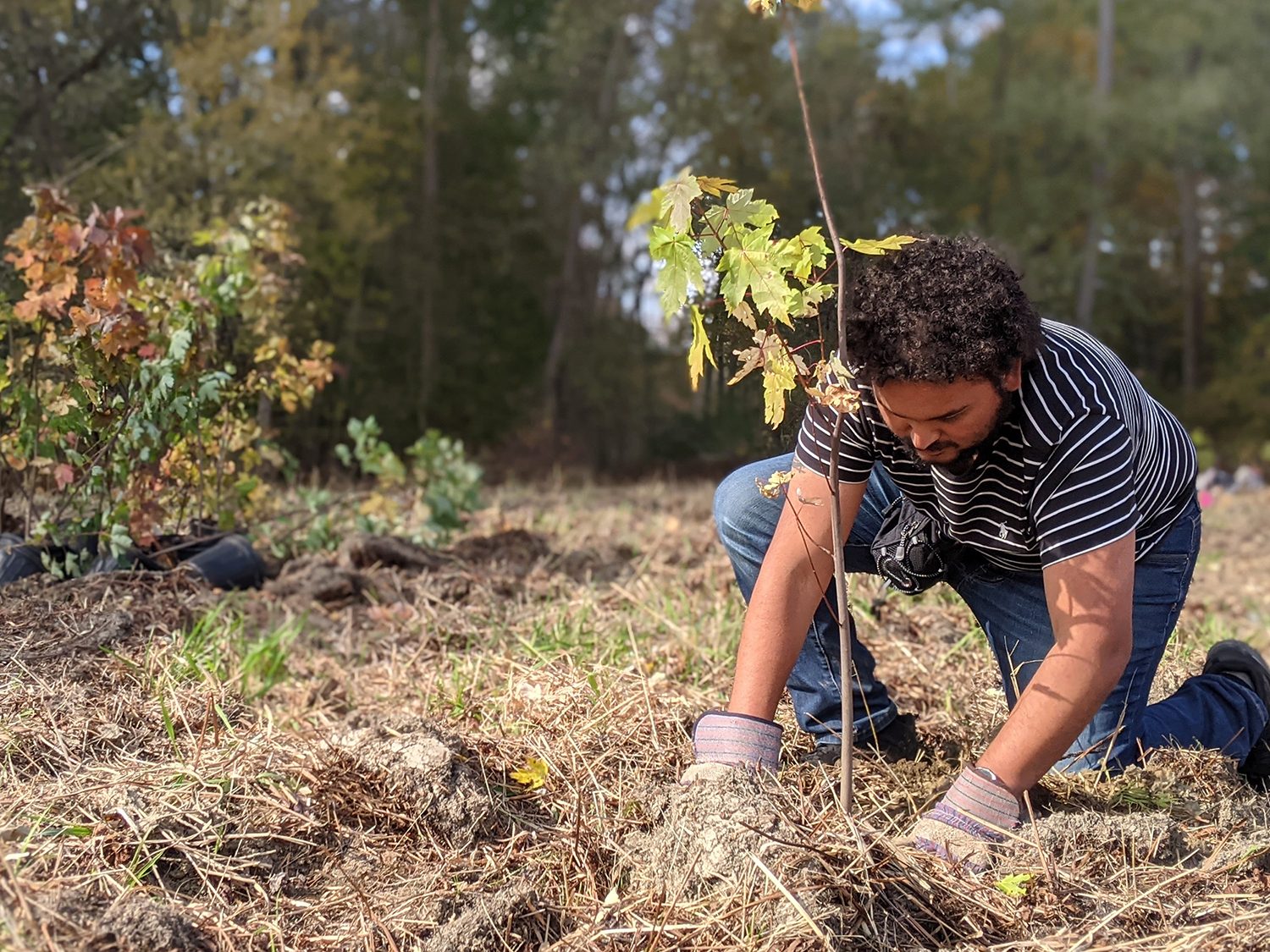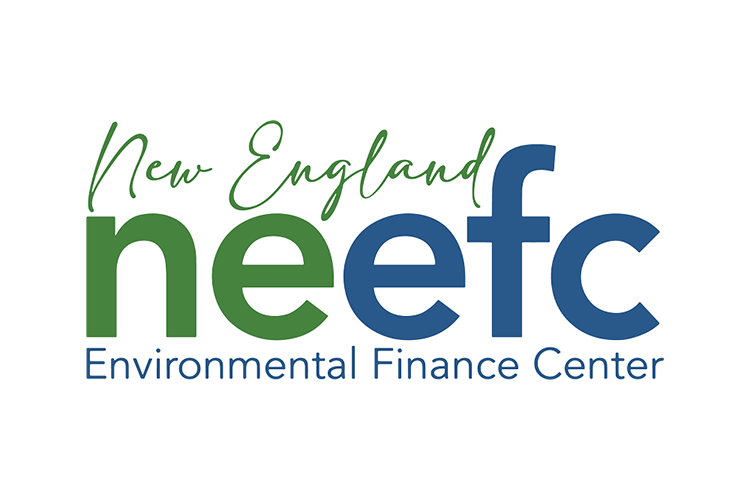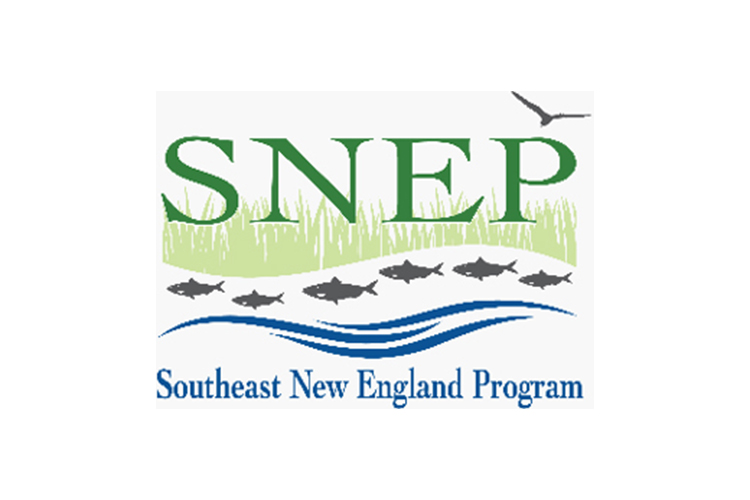Local Climate Resilient Communities
Building Local Climate Resiliency with Land Use Rules
Climate change, including rising temperatures, sea level rise, stronger storms, and more frequent droughts are impacting people and natural communities. Excessive pavement, loss of trees and wetland buffers, and development in floodplains worsens these impacts.
At the local level, municipalities have significant power to avoid these impacts by implementing land use policies and development designs. Municipalities can be proactive by adopting rules that support nature-based solutions to combat climate change.
Low Impact Development
Low Impact Development (LID) uses natural systems to manage stormwater and decrease the impact of development, by using trees and other vegetation to filter and infiltrate water and provide shade and cooling.
Done right, LID minimizes alteration of forests, wetlands, and greenspaces; reduces impervious surfaces; and supports retention of naturally vegetated buffers along wetlands and waterways. Constructed LID features like rain gardens, street trees, and permeable pavers also help:
- Minimize costs of development and local infrastructure maintenance (e.g. roads and stormwater)
- Reduce flooding
- Improve water quality
- Protect and restore natural features that improve quality of life and property values
LID Fact Sheets
This series of five fact sheets* helps community officials, residents, and others understand the benefits of Low Impact Development (LID), Green Infrastructure (GI), and sustainable design.
|
|
|
|
|
|
|
|
|
Local Bylaw Review
For communities to see the benefits of LID and other nature-based climate solutions, they have to encourage them in their regulations and bylaws. The first step in that process is assessing existing regulations and identifying where sustainable development and nature-based climate solutions fit in.
Our bylaw review tool will help you become more familiar with any best practices your community is already following, and where it can improve. This Excel-based analysis tool incorporates local, regional, state, and federal best practices. It also allows users to evaluate existing land use regulations in comparison to these best practices in a “conventional,” “better,” and “best” format in relation to over 30 considerations (such as street width, erosion control measures, sidewalk drainage, and more).
Users can evaluate local Zoning, Site Plan Review, Subdivision Rules and Regulations, Stormwater or LID bylaw, and cluster or Open Space Residential Design bylaws. While the focus is primarily on residential development, the concepts are also applicable to other forms of development and redevelopment.
Download the Bylaw Review Tool
→ Please Note: The tool is formatted as a .xlsx file; you must have access to Microsoft Excel or another compatible program in order to open and use it.
Watch the webinar for more info about how to use the tool
Tips to Keep in Mind for Local Planning
There are a few things to keep in mind while using this tool that aren’t explicitly included as considerations but are crucially important to encourage climate-smart nature-based solutions.
- Interdepartmental coordination is key. Conservation, development, and resilience affect every board in different ways. Make sure to have multiple boards working together—from the health department to the depart of public works.
- Design for the storms of the future, not the storms of past. Make sure new development will withstand not only the current amounts of precipitation we’re seeing, but also the precipitation that’s expected during the useful lifetime of the infrastructure. Building to outdated design standards will give you infrastructure that’s destined to fail with the changing climate.
- Have conversations early and often. Requiring or requesting preliminary designs from developers allows boards to start the conversation early about the community’s goals and what they’d like to see incorporated. This is a chance to talk about the importance of retaining open space, managing stormwater on site, and other large-scale issues so the developers can make sure to address the concerns without extensive (and expensive) redesigns.
Additional Resources
The Massachusetts Municipal Vulnerability Program (MVP) assists communities in addressing the challenges of climate change and prioritizing actions to create a safer and more resilient future.
Interested in learning more about bylaw review or helping your community conduct one? Check out additional resources developed with our partners, including a training curriculum available from the Mass Rivers Alliance, guidance for planning boards from the Citizen Planner Training Collaborative (CPTC), and a storymap and webinars through the Southeast New England Program (SNEP) Network.
The SNEP Network provides free training and assistance to municipalities, organizations, and tribes in Rhode Island and Massachusetts to achieve healthy watersheds, sustainable financing, and climate resilience. The SNEP Network is a project of the New England Environmental Finance Center and is funded by the U.S. Environmental Protection Agency’s Southeast New England Program.
Fact Sheet Funding
* The LID Fact Sheet project was funded by an agreement (CE96184201) awarded by the Environmental Protection Agency to the New England Interstate Water Pollution Control Commission on behalf of the Narragansett Bay Estuary Program. Although the information in this document has been funded wholly or in part by the United States Environmental Protection Agency under agreement CE96184201 to NEIWPCC, it has not undergone the Agency’s publications review process and therefore, may not necessarily reflect the views of the Agency and no official endorsement should be inferred. The viewpoints expressed here do not necessarily represent those of the NBEP, NEIWPCC, or US EPA nor does mention of trade names, commercial products, or causes constitute endorsement or recommendation for use.
This project is funded in part by the Massachusetts Environmental Trust. Learn more about the Trust and the programs it supports through specialty license plate offerings at www.mass.gov/eea/met





